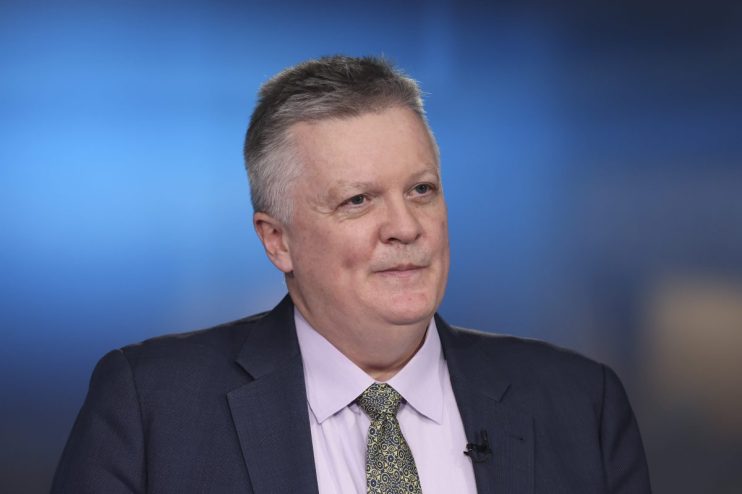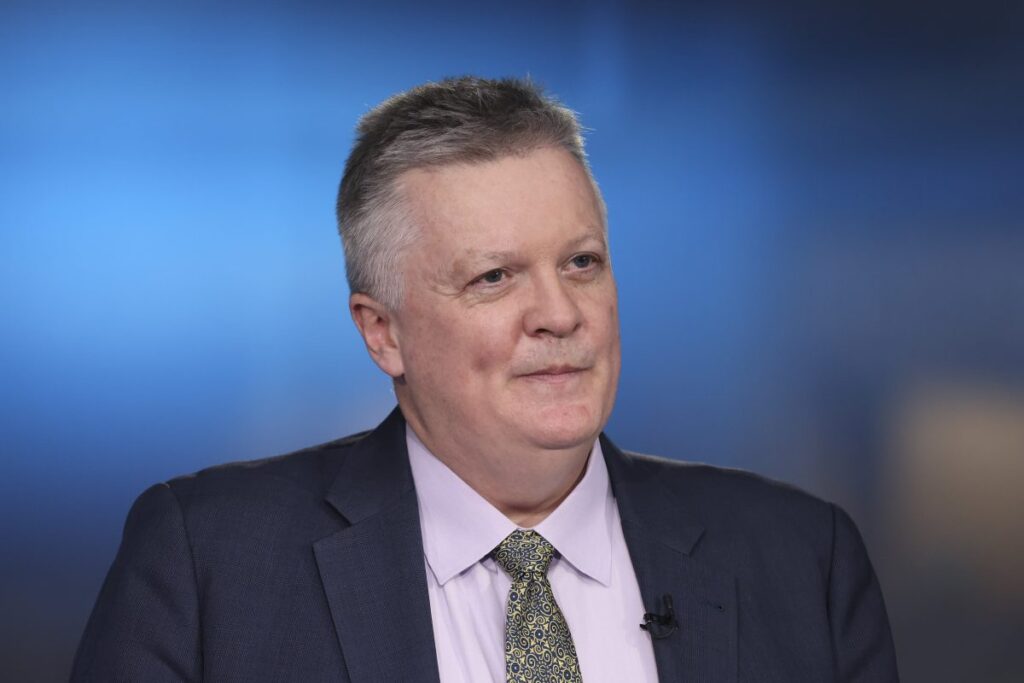
The Bank of England’s chief economist said there was still “reason for caution” on cutting interest rates due to the persistence of wage pressures in the UK economy.
In an online presentation to businesses, Huw Pill pointed to the “surprising” surge in wage growth at the end of last year as evidence that underlying price pressures remain stubborn.
Private sector regular wage growth surged to six per cent in the three months to November, up from 5.5 per cent and comfortably ahead of the Bank’s expectations.
“I think that is a reason for caution, for carefulness in the way we proceed with removing monetary policy restriction and cutting bank rate,” Pill said.
“We’re not in a situation where we can declare job done,” he added.
The comments come just a day after rate-setters voted to cut interest rates by 25 basis points, the third rate reduction in the easing cycle.
Every member of the Monetary Policy Committee (MPC) voted to lower borrowing costs, although two – Swati Dhingra and arch-hawk Catherine Mann – called for a larger 50 basis point cut.
The vote split surprised analysts, who had expected Mann to vote for rates to be left on hold.
The decision to reduce borrowing costs came even though Bank officials forecast a significant rise in inflation over the course of the year.
The headline rate is expected to peak at 3.8 per cent on the back of higher energy prices and increases in regulated prices like water bills and bus fares.
Speaking after the decision, Andrew Bailey, the Bank’s Governor, said he was comfortable cutting rates because progress on underlying inflation – reflected in measures like wage growth and services inflation – remained intact.
Pill agreed that “further cuts would be expected as disinflation proceeds”, forecasting that annual wage growth would fall to 3.7 per cent, down from 5.3 per cent this year.
However, he cautioned against “rushing” to cut rates while there were still inflationary pressures in the economy.
“The slower than expected pace of disinflation means that we need to continue to be gradual in our removal of restriction, and careful in how we proceed with that as the uncertainty and risks to the disinflationary process have become a little more apparent,” he said.



